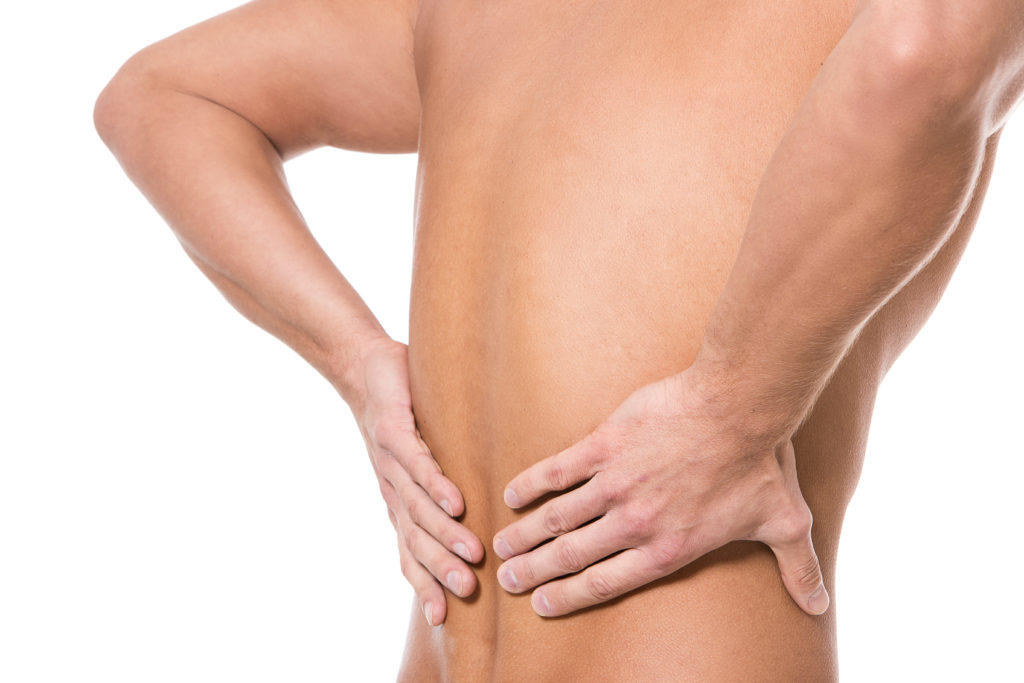This article is part of a series written by Dr. Kevin Pauza
As we have discussed in other blogs in this series, it’s important to note that low back pain is considered chronic once it has lasted six months or longer. At that point, chronic low back pain is unlikely to resolve on its own, meaning that the underlying cause of that pain is not mechanical or easily identifiable.
The reason why the cause of chronic low back pain is often so difficult to determine is that it is often caused by annular tears. Annular tears cannot be seen on MRIs or other common imaging tests and, unfortunately, most common treatments for back pain are unable to address annular tears. Let’s discuss how annular tears cause chronic low back pain and what can place you at risk for developing annular tears.
How Annular Tears Cause Chronic Low Back Pain
Once scientists understood that annular tears are the underlying cause of most chronic low back pain, it was easy to understand why this condition doesn’t improve until the underlying annular tears are healed.
Chronic low back pain can persist for years, with only very brief relief after occasional epidurals or other treatments, because discs cannot heal themselves. This is because spinal discs have few blood vessels, leaving few ways for healing to occur other than through Fibrin or other such molecules which are known to easily heal skin and other parts of the body.
Harmful inflammatory chemicals within spinal discs, known as the nucleus pulposus, can cause chronic low back pain when they leak out of the disc through annular tears onto the adjacent spinal nerves. This irritates the spinal nerve, referring pain, numbness, or weakness in the direction the spinal nerve travels. This can cause symptoms in the leg known as sciatica, as well as symptoms in the arm.
Risk Factors
Certain factors and activities may put you at risk for chronic low back pain. These risks include:
- Age. Leaking caused by annular tears usually begins between the ages of 30 and 50.
- Fitness level. Chronic low back pain is more common in those that apply compressive and shear forces on the discs.
- Pregnancy. Weight gain and pelvic changes due to pregnancy can affect the spinal discs.
- Weight gain/BMI. Being overweight adds increased stress to the spine.
- Genetics. Some genes play a role in back pain or certain hereditary conditions.
- Occupational issues. Working a job with heavy lifting or other potential weight or safety issues places you at risk for developing annular tears.
- Mental health. Anxiety and depression can affect how we perceive pain and can worsen it in some cases.
- Overloading backpacks. This causes muscle fatigue in both children and adults.
Symptoms
The range of symptoms for chronic low back pain revolves around the definition of pain. The most common are as follows:
- Dull or achy pain contained to the low back.
- Pain that worsens after prolonged sitting or standing.
- Stinging, burning pain that moves from the low back to the backs of the thighs, sometimes into the lower legs or feet.
- Numbness or tingling, also known as sciatica.
- Muscle spasms and tightness in the low back, pelvis, and hips.
- Difficulty standing up straight, walking, or going from standing to sitting.
This list is not definitive. Chronic low back pain has many more symptoms that are varied and intricate. You should consult your doctor if you feel that you are suffering from chronic low back pain.
The Discseel® Procedure & Annular Tears
As we discussed, common treatments for chronic low back pain or pain caused by spinal disc issues, in general, are unable to address annular tears.
However, the Discseel® Procedure was developed specifically to address annular tears by sealing the tears and preventing further leaking. Fibrin, which is an FDA-approved substance used off-label in the procedure also promotes disc tissue growth, which allows damaged spinal discs to heal themselves, something that isn’t possible naturally.
If you’re suffering from chronic low back pain, the Discseel® Procedure may be able to help. Apply today and find out if you’re a candidate for this life-changing procedure!
Header image attribution: People photo created by Racool_studio – www.freepik.com
